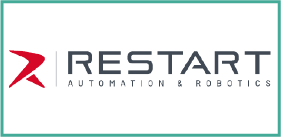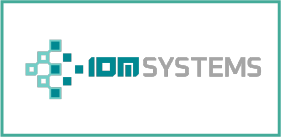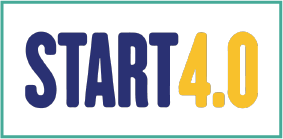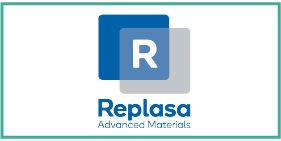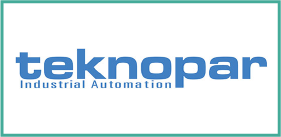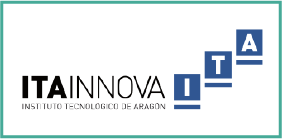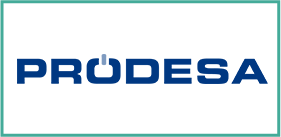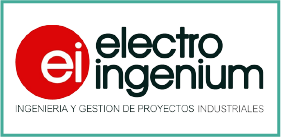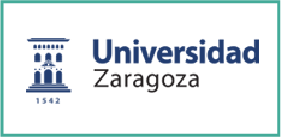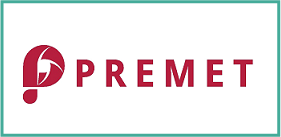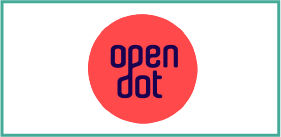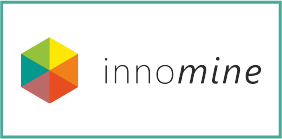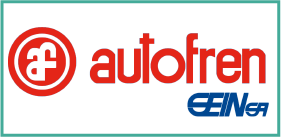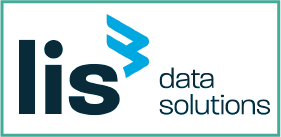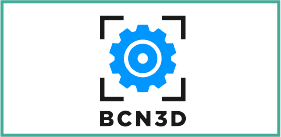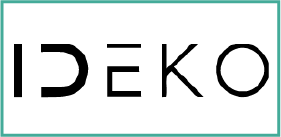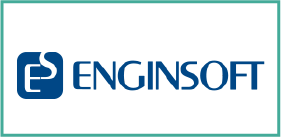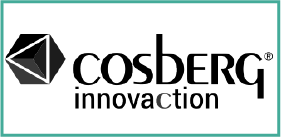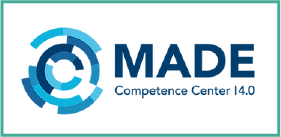The second wave of experiments have been selected after two months of detailed evaluation of project outlines that had been submitted for the first Open Call. The seven new experiments includes digital twin based solutions for the optimization of the beer mashing process, quality control and improvement of textile dyeing temperature control, quality control of glue application in parquet flooring manufacturing, improving the process of thermo-moulding for manufacturing of shoe insoles, predictive quality control for insulated glass machines, monitoring and control for reconfigurable presses to the improvement of continuous fiber additive manufacturing. The collaboration teams unite 19 new partners from Italy, Spain, Hungary and Turkey - among them 14 SMEs, 1 mid-cup, three research organisations and another Digital Innovation Hub external to the current network of DIGITbrain Consortium.
Find here a brief overview on new beneficiaries and experiments. More detailed information will follow soon:
Experiment 8: Digital Twin for Agile Changes (DITAC)
The DITAC project will focus on the investigation and implementation of methodologies to introduce Digital Twin-based solutions to the design process at Restart Srl, an SME specialized in supply (from design to material realization) of tailor-made industrial automation solutions to provide important support in case of after-sales changes. In the Restart case, after-sales requests for changes from the final user are not isolated and they request significant work on the machine, causing interruption of work/production. The DITAC project aims to reduce the efforts needed for an after-sale change, providing virtual support/simulation for the required design changes.
Beneficiaries of DITAC Experiment
START4.0 is the Digital Innovation Hub with the role of experiment supervisor.
Experiment 9: Optimisation of the Energy Consumption and Operation of a Coil Coating Industrial Line (COATWIN)
The project aims at achieving optimization of the energy consumption in a coil coating line. Taking advantage of the benefits of using digital twins for the manufacturing industry, the experiment will replicate digitally the existing production process in order to explore different use cases, based on the selection of different parameters, with the main objective of finding the most optimal working point.
Beneficiaries of COATWIN Experiment
ITAINNOVA is the Digital Innovation Hub with the role of experiment supervisor.
Experiment 10: Digital Twin for Rotary Dryers (DT4DRYER)
A rotary dryer reduces the humidity in particulate matter through direct contact with combustion gases from fossil or renewable fuels (biomass). The design and operation of a rotary dryer present significant challenges, mainly because it must be flexible enough to adapt to a multitude of operating modes. Under this context, we want to prove the benefits for the manufacturer of the industrial product of the development of a digital twin for the rotary dryer. The digital twin will support the design, production and operation phases of the rotary dryer. It will contribute to the faster and more reliable design, better integration of the equipment in the customers’ general process and provide an optimal configuration of the process.
Beneficiaries of DT4Dryer Experiment
ITAINNOVA is the Digital Innovation Hub with the role of experiment supervisor.
Experiment 11: Production Optimization For Additive Manufacturing Of Medical Devices (ProMED)
The main objective of ProMED is to optimize the production of customized metal medical devices through the combined use of additive and subtractive manufacturing. This hybrid technique, often referred to as Sint & Mill (S&M), consists in creating a semi-finished product with a 3D printer and to subsequently apply precision CNC milling for surface finishing. The experiment aims at finding whether the end user PREMET can (1) reduce the production costs and/or (2) improve the product quality, both by choosing the right fabrication parameters.
A digital twin of PREMET's production pipeline will be developed and used to quickly simulate a large number of fabrication processes. The rich set of "virtual" data produced by the simulation will be used to train an intelligent module that will be eventually able to support PREMET in its decisions for real productions.
Beneficiaries of ProMED Experiment
Innomine is the Digital Innovation Hub with the role of experiment supervisor.
Experiment 12: Digital Brain For Predictive Maintenance In Automotive Sector (DRIVEN)
Machine efficiency losses are one of the main and most common concerns in industrial processes. With that in mind, DRIVEN proposes to analyze, simulate and optimize the entire operation of product movements between the parts warehouse, the packaging process in an automotive component factory.
Even models, analytics and optimizations exist, DRIVEN will develop and use two new technologies. Digital Twin for machine performance analysis, based on artificial vision and image recognition and Risk of Failure Forecasting, monitoring the machine performance in real time through the digital twin using Convolutional Neural Network.
To that, DRIVEN will make intensive use of the DIGITbrain platform, from the edge layer to the user interfaces in a web-based environment. The experiment will optimize production processes by achieving a significant increase in the OEE, and also fostering the democratisation of technologies, opening the way to new business models based on data exploitation.
Beneficiaries of DRIVEN Experiment
ITAINNOVA is the Digital Innovation Hub with the role of experiment supervisor.
Experiment 13: Smart Digital Twin based 3D Printing Process Reliability Assurance Add-on enhanced with Cloud-based iterative learning (3D_Brain)
The experiment seeks to develop an experimental Data Driven Digital Twin which will permit i) edge in process control through a process stabilization monitoring and control system and ii) post process Quality Assessment combined with a continuous learning tool that will extract Geometry based Knowledge rules from multi machine XYZ Datasets allocated in the Digit Brain Platform; to "a priori" find improved Printing parameters and feed forward control strategies.
Beneficiaries of 3D_BRAIN Experiment
ITAINNOVA is the Digital Innovation Hub with the role of experiment supervisor.
Experiment 14: Digital Twin to optimize design of cars braking system assembly line (DigiTBreak)
Producer of manufacturing assembly lines faces unprecedented challenges in optimizing design and engineering to meet evolving market needs while ensuring, efficiency and productivity challenges. DigiTBreak will solve this challenge developing a Simulated Base Digital Twin of a pilot line assembling small calipers and pistons for automotive braking system to be integrated into DIGITBrain. The experiment follow Test Before Invest (TBI) methodology deploying use case installed at Digital Innovation Hub. It will ensure widening of DIGITBrain EU network. End User, IVS and DIH will benefit from integration of Data, Model and Algorithm of pilot line DT into the DIGITBrain consolidating its international commercial presence.
Beneficiaries of DIGITBREAK Experiment
START4.0 is the Digital Innovation Hub with the role of experiment supervisor.

